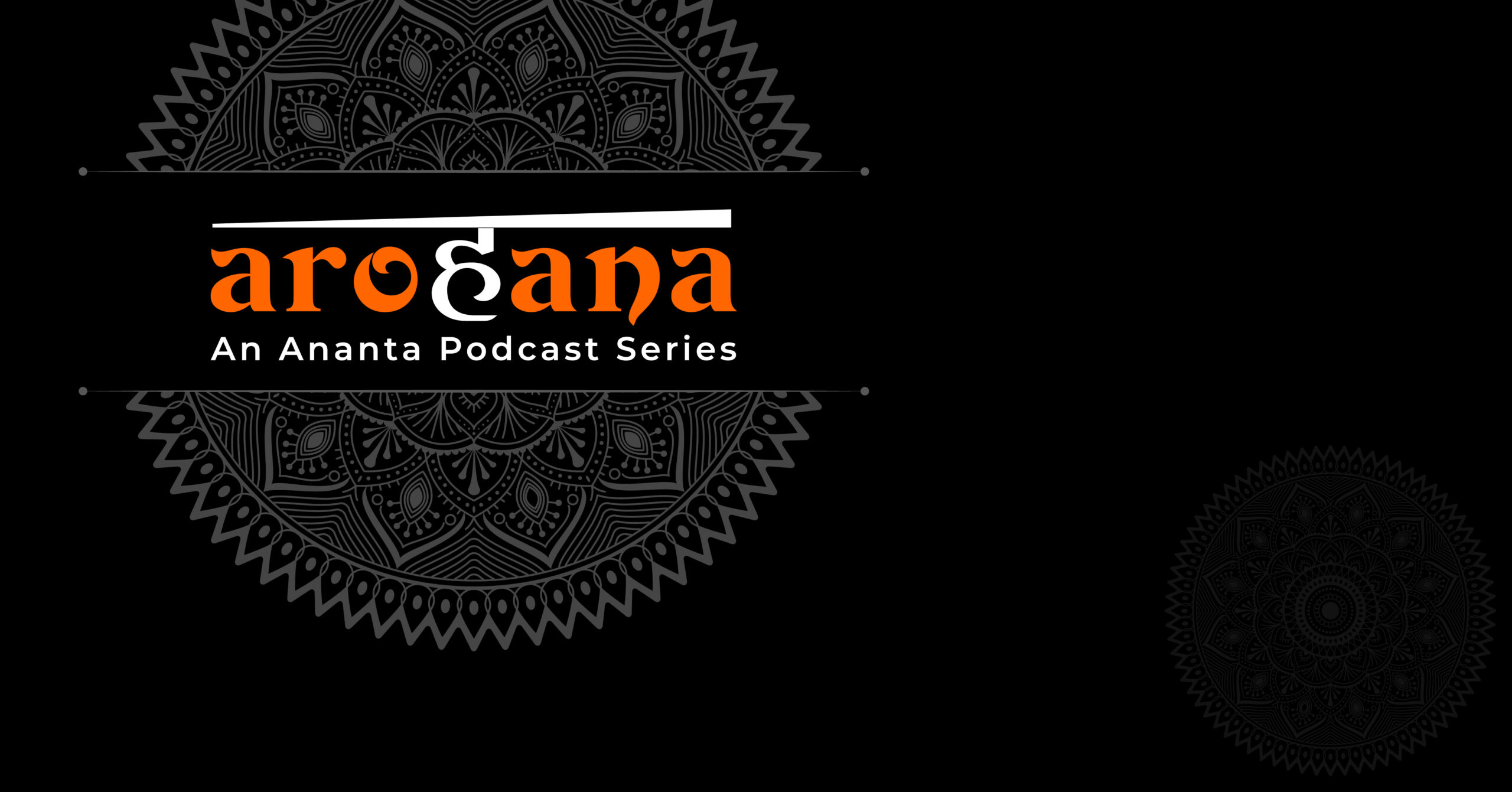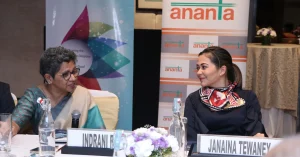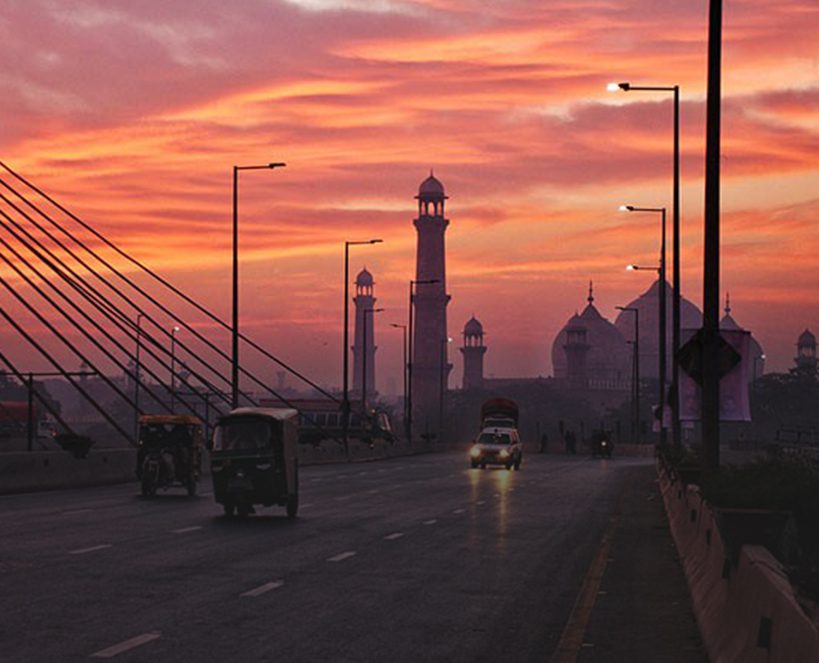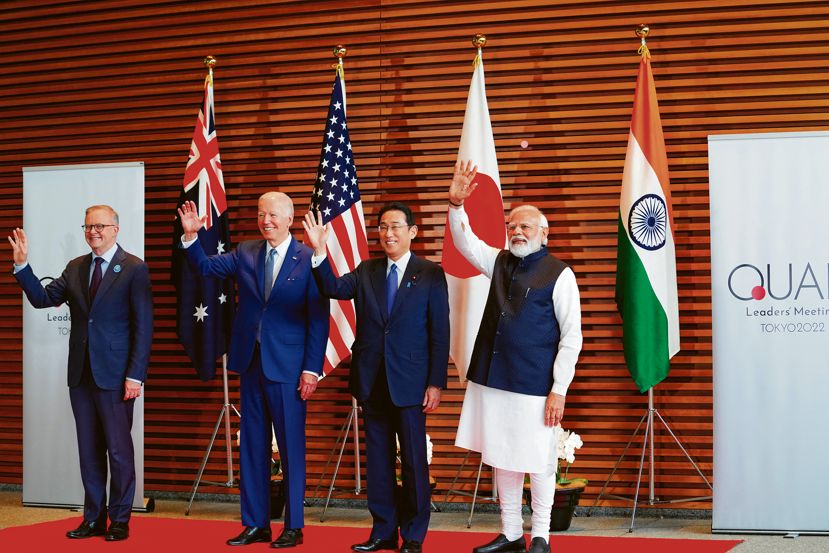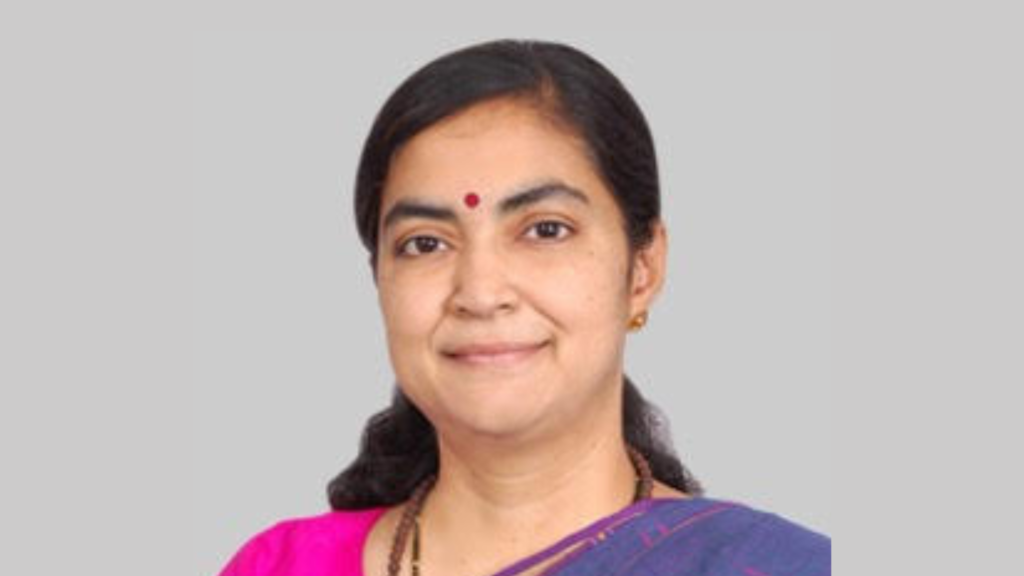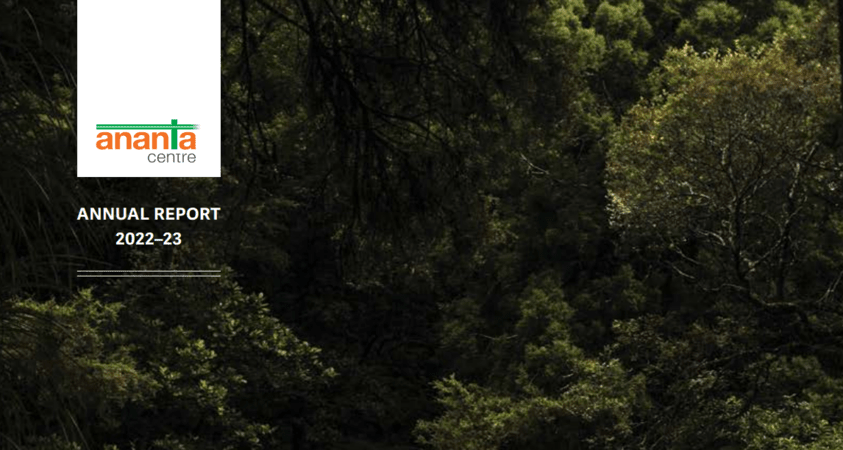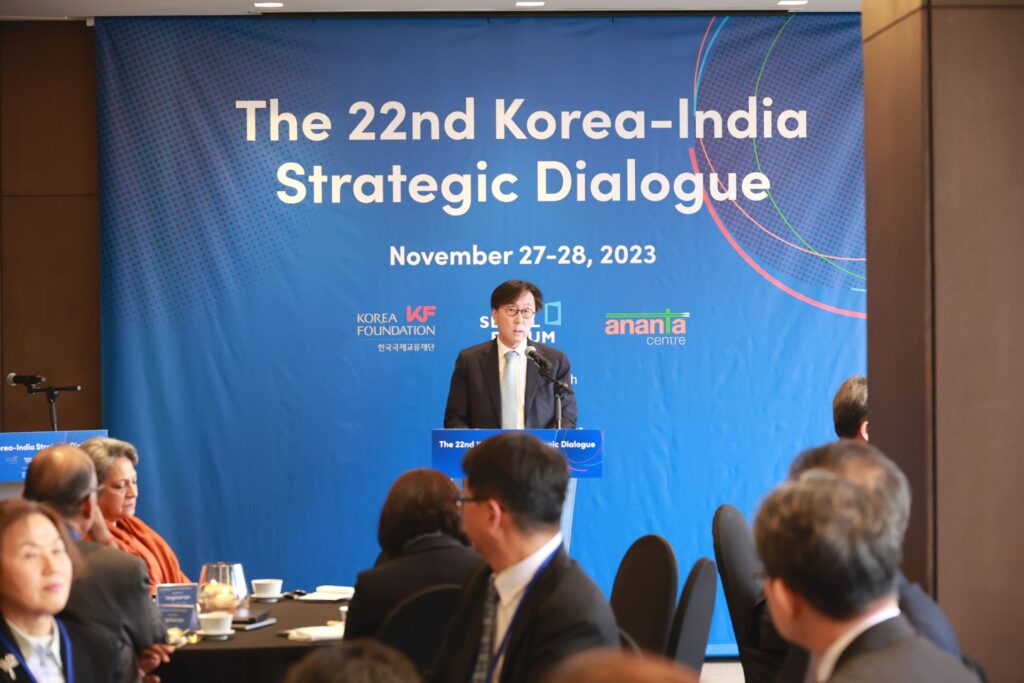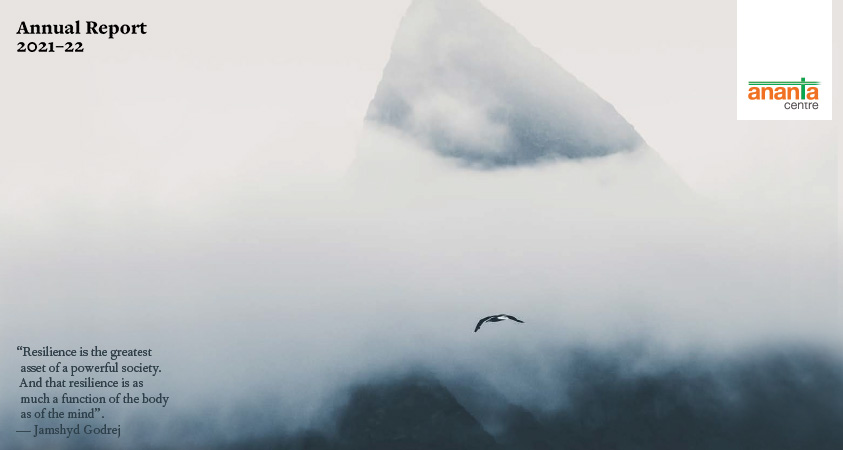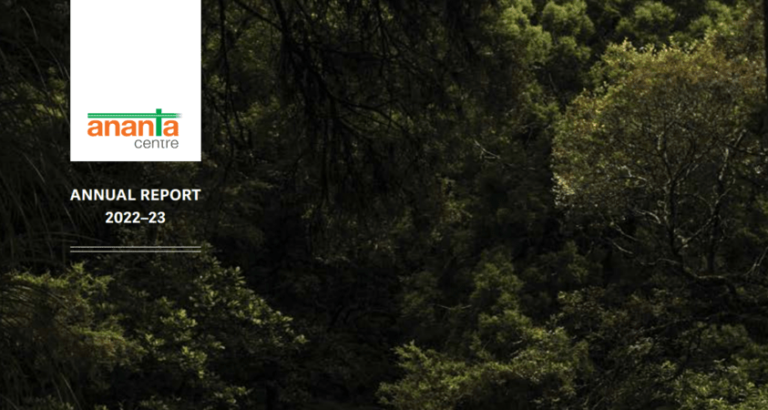Coronavirus impact: No signs of an improvement in economic outlook
The economic outlook showed no signs of any improvement in February. The impact of the outbreak of coronavirus, starting from Wuhan in the Hubei province of China and now threatening to engulf many other countries, will be felt not just in terms of the loss of lives (already estimated at over 2,770), but also in a slowdown in the global economy. There are estimates that the Chinese economy’s output growth may be shaved off by a percentage point. Given that the Chinese economy now accounts for about 16 per cent of the world’s total gross domestic product, global economic growth will also take a hit. Major global companies, with operations in China, which is one of the biggest centres of global supply value chains, will see their earnings decline. The stock markets across the globe are reflecting this nervousness about an economic slowdown as a result of the impact of coronavirus. The Indian economy too will not be spared from the economic impact of an unforeseen health crisis. The Indian stock markets also are no exception.
RBI stays in pause mode, but offers hope
Within a few days of the Budget, which had failed to inspire the market’s confidence, the Reserve Bank of India announced its first bimonthly monetary policy review of 2020. As expected, it kept the traditional monetary policy instrument of the repo rate (at which banks can borrow money from the central bank by selling their securities) unchanged at 5.15 per cent- a second consecutive pause in rate cuts after a series of reductions amounting to 135 basis points effected since February 2019. Even the monetary policy stance was kept unchanged as it remained accommodative with the RBI Governor Shaktikanta Das making it amply clear that the apex bank was ready to move in with a further rate cut as and when it was needed. What must have influenced the RBI’s approach was the elevated level of retail inflation at over 7 per cent, well above the legally mandated upper limit of 6 per cent, and food inflation hovering in double digits. However, monetary transmission has still not been adequate, ruling at below the extent of rate cuts announced. The RBI Governor also announced temporary liquidity support measures by allowing banks to keep loans to automobiles, residential housing and micro, small and medium enterprises outside the purview of the cash reserve ratio (CRR), which is at present 4 per cent of their deposits.
Industrial output, exports decline; Hope of a US trade deal elusive
The Index of Industrial Production (IIP) figures for December 2019 once again slipped into contraction mode, declining by 0.3 per cent, after a mild recovery in November. The contraction was driven by a fall in manufacturing and a bigger fall in capital goods output. Before November, IIP had reported contraction for three consecutive months. Exports of merchandise goods also declined by 1.7 per cent for the month of January 2020, taking the decline in exports of goods in the first ten months of 2019-20 to about 2 per cent. The need for India plugging itself into global value chains by entering into trade pacts with regions of growth could hardly be overemphasised. Even the promised trade deal with the United States was not concluded, when President Donald Trump was in India for two days. There is now a distant hope that a US-India trade deal may happen later in the year. And India’s attempts at renewing negotiations with members of the proposed Regional Comprehensive Economic Partnership (RCEP) are yet to bear fruit.
Privatisation moves gain momentum
The Narendra Modi government had mooted the idea of privatising Air India in 2017. That was hailed as a bold move from the government. But follow-up action based on that idea was slow and the attempt to privatise Air India was shelved in 2019. Not too many people had hoped that the idea would be revived again. Proving all of them wrong, however, the Modi government has swung into action to privatise Air India, soon after returning to power with a greater majority after the general elections in April-May 2019.
In the last week of January, the government released the preliminary information memorandum (PIM) for inviting expression of interest for the strategic disinvestment of Air India. This envisaged the sale of 100 per cent government equity in Air India and its subsidiary, Air India Express, along with its 50 percent equity in its joint venture with a Singapore-based ground-handling company, Air India SATS Airport Services. Almost about 30 per cent of Air India’s debt and liabilities, amounting to Rs 23,268 crore will be absorbed by the government before the company is being put up for sale.
Five conditions on Air India sale relaxed
The government has introduced as many as five new provisions, different from the terms of the sale proposal it had mooted in 2018. This relaxation was obviously meant to sweeten the deal. Instead of just selling 76 per cent stake earlier, the government is now exiting Air India with a 100 per cent equity sale proposal. The net worth eligibility criterion for those making a bid to acquire Air India has also been relaxed to Rs 3,500 crore, compared to the earlier minimum net worth requirement of Rs 5,000 crore. The lock-in period before which the new acquirer cannot exit from Air India has now been reduced to just one year, compared to three years stipulated in the 2018 bid document. Earlier the debt and liabilities of Air India were much higher than its assets, but now they are broadly as much as the assets. The bulk of the debts is on account of the aircraft it has purchased over the years. And most importantly, the acquirer has now been allowed to merge its existing business with Air India, while earlier such merger was not allowed. This has encouraged the existing airlines to look at Air India more favourably than in the past.
Experts associated with the bid evaluation process are now more sanguine of completing the sale of Air India than they were in 2018. The relaxation in the bid norms has certainly helped. Civil Aviation Minister Hardeep Singh Puri said as much when he explained the logic of the relaxation in the current bid terms for privatisation. “Last time, the government was very cautious as we were approaching an election. This time we are ready to take bold steps,” Singh said.
Politics of privatisation continues to be a factor
However, to claim that political considerations have been completely eliminated now will be an exaggeration. A key provision in the terms of sale has retained the foreign investment restrictions in the civil aviation sector by capping the foreign equity of the acquirer at 49 per cent. In other words, no company with foreign equity in excess of 49 per cent can bid for acquiring Air India. This is ostensibly because there was political opposition to the idea of allowing Air India to be acquired by a company whose majority shares are held by a foreign entity. Not relaxing the foreign equity restrictions has ruled out many foreign companies or foreign airlines from taking part in the race for acquiring Air India. With reduced competition, the government’s realisation from the sale of Air India would remain relatively depressed. This is a compromise that the government has made and Air India’s privatisation will thus have a Swadeshi tinge to it.
This will also brighten the chances of the Tata group, which has equity in two airlines that operate in India, making a successful bid for Air India. Remember that Air India used to be a Tata company until Jawahar Lal Nehru nationalised it in 1953 by getting Parliament pass an appropriate law. If the Tatas win Air India back in its fold, then the Modi government can take credit for having facilitated a sale that essentially corrected a historical wrong perpetrated by the Nehru government. However, that will depend on how well the Tatas manage to offer a bid that is more attractive than those likely to be made by rival groups or companies like the Adanis, InterGlobe Aviation that operates India’s largest airline – Indigo, and a New York-based fund – Interups.
Another big-ticket privatisation in the offing
Chances of the government completing another privatisation of a big public sector undertaking during 2020-21 have brightened. The proposal for the sale of the government’s 53 per cent stake in BPCL, a state-controlled oil refiner and marketer, is set to reach the Alternative Mechanism (AM) set up for all big-ticket privatisation proposals in the Modi government. The AM comprises key Cabinet-level ministers representing the ministries of finance and road transport, in addition to the petroleum ministry under whose administrative control BPCL functions at present. A broad in-principle decision has already been taken by the Cabinet to sell the remaining government stake in BPCL, after hiving off its subsidiary, Numaligarh Refinery. This decision too indicates how the government has steered clear of potential political controversies over privatisation. Numaligarh Refinery was set up as an Assam-based oil company in fulfilment of the promise made under the Assam Accord of 1985 to address the agitating Assam students’ demand for setting up a refinery in the state. Selling that refinery to a private company could have political ramifications and, therefore, the government hived it off BPCL, even though it lowered the potential value realisation it hoped to get from the privatisation exercise. In spite of that, the sale of 53 per cent government stake in BPCL, without Numaligarh Refinery, would help fetch the government a share sale value of about Rs 60,000 crore. The sale of BPCL and Air India in 2020-21 will help the government meet its ambitious target to raising about Rs 2.1 lakh crore of revenue from disinvestment.
Telecom woes deepen, sending wrong signals to investors
The Indian telecom sector may undergo a definitive change following the Supreme Court order that insisted that there cannot be any relaxation in the compliance of its orders on payment of the telecom companies’ dues of adjusted gross revenues (AGR) to the government. The apex court’s order, first passed in October 2019, was reiterated on February 14, 2020. This was a battle that the telecom companies have been fighting with the government for many years. While the telecom companies argued that the adjusted gross revenue (AGR) should be calculated on the basis of their telecom revenues only, the government believed that AGR should include both telecom and non-telecom revenues. This was crucial as the telecom companies paid their licenCe fees as per cent of AGR – it was initially 15 per cent of AGR and later from 2013 it was capped at 8 per cent of AGR. In the early stages of this battle, the telecom companies secured a court verdict that was in their favour.
Did the government ask for more?
The government filed an appeal in the Supreme Court, claiming that it must not only be paid the principal amount of AGR dues, but also interest and penalty. Almost 80 per cent of total AGR dues (without interest and penalty), calculated on the basis of both telecom and non-telecom revenues, had already been paid by the companies and there were legal views that questioned the logic of imposing penalty and interest on dues that had been stayed by a lower court. But the government went ahead with the appeal and the apex court also ruled in favour of the government. Almost three-fourths of the AGR dues of about Rs 1.4 lakh crore consist of penalty and interest. In other words, if the government had not insisted on penalty and interest, the total additional liability for the telecom companies would have been significantly less than what it is now.
It appears that the government may have been guided by two significant considerations. One, it was apprehensive that if it did not insist on interest and penalty, the Comptroller and Auditor General of India would have raised questions and this could have snowballed into a political controversy where the government could have been accused of having favoured private-sector telecom companies. Two, the government was already facing revenue shortfalls under various heads and making good a part of such shortfalls through such windfall revenues from the telecom companies must have been a tempting proposition.
Telecom sector exits likely; sentiment on investment may take a hit
Whatever may have been its motivations, the government move to secure AGR revenues along with interest and penalty will have a major impact on the telecom sector in India. Vodafone Idea, one of the top three telecom service providers in the country, has already threatened to shut up shop. Its foreign partner, Vodafone Group, has already made a cumulative investment of over $55 billion in its telecom business in India. While the government has made overtures to the telecom sector indicating that it would not like any telecom company to shut up shop, there is now a serious possibility of India’s telecom market become a duopoly, a prospect that telecom customers will not be very happy about. This may also have a long-term adverse impact on foreign investment in the telecommunications sector in particular and the Indian market in general. The government’s insistence on securing interest and penalty in a case, which it had earlier lost during the early stage of the court battle, and the inordinately long time the country’s legal system takes in resolving commercial disputes and enforces commercial contracts will also undermine India’s claims on having improved the ease of doing business. There is still a possibility of the government announcing a bail-out package to help the telecom companies to overcome their financial troubles arising out of the Supreme Court order. This may prevent a crisis, but the damage to the investors’ confidence the telecom battle has inflicted would be difficult to repair. Clarity should emerge before March 17, when the Supreme Court takes up the case once again for its review.
Tax amnesty scheme sends mixed signals
The government has come out with a grand amnesty scheme for direct tax payers in a bid to expedite the settlement of disputes with tax-payers as also to mop up some additional revenues before the current financial year ends on March 31, 2020. Any direct tax payer, whose case is pending in arbitration, an appellate body or in a court, can take advantage of the amnesty scheme. If the tax-payer has won the case in a court, 50 per cent of the disputed tax amount will have to be paid upfront, without interest or penalty, before March 31, 2020. If the tax-payer has lost the case and has gone in for appeal, the entire disputed tax amount, without interest and penalty, has to be paid before the end of the current financial year. If such settlements are delayed and completed by June 30,2020, then an additional 10 per cent over and above the disputed tax amount will have to be paid. The final details of the scheme will be out once the amnesty law is passed by Parliament by the second week of March.
The scheme has been appropriately named Vivad Se Vishwas (From Dispute To Trust). However, there are many questions that are being raised over the success of the scheme. Many tax-payers would be wondering why they would pay up 50 per cent of the disputed tax amount even when they have won the case in the court. Paying up half the tax amount just because the government has gone in for an appeal after having lost the case may not be an attractive proposition for a tax payer to settle the dispute. Similarly, many tax-payers, who have appealed against a government demand for tax payment, may not be encouraged to settle the dispute by paying the entire amount of demand. In many cases, where the tax-payer believes that the demand is coercive in nature, the terms of the dispute settlement may have to be relaxed.
The Narendra Modi government, however, has shown in the last many years that it is keen on settling tax disputes. The latest scheme – Vivad Se Vishwas – is the sixth such amnesty programme for settling long-pending disputes. Of the previous five amnesty schemes, one pertained to indirect taxes and the remaining four were for direct tax payees. The total direct tax arrears at the end of last year rose to as high a level as Rs 9.4 lakh crore, which was almost 45 per cent of the government’s gross tax collections. How far the latest scheme can help reduce that amount, only time will tell.
E-commerce spat with government enters a new phase
There was some relief for foreign e-commerce companies operating in India on February 14. Of course, it was a temporary relief as the Karnataka Hugh Court stayed the investigations ordered by the Competition Commission of India (CCI) into the business practices of Amazon and Flipkart. But it certainly restored their faith in the country’s legal system which they had begun to lose after CCI had issued its investigation order against them without even giving them an opportunity to explain their case and just on the basis of the allegations made by Delhi Vyapar Sangh, an affiliate of the Confederation of All India Retailers (CAIT). What also contributed to the much-needed restoration of the e-commerce giants’ faith in India’s rule of law was the high court’s patient hearing of their side of the story for about three days. The court has given the CCI eight weeks time to explain why it had taken its decision to order the investigation. The e-commerce giants have been accused of predatory pricing and preferring their own sellers on their platforms thereby allegedly killing competition. The relationship between the e-commerce companies and the government has been a little strained and tense as its ministers have often made public comments asking them to follow the rules not just by letter but also by the spirit. The norms for e-commerce companies have become more restrictive over the last year or so, reflecting to some extent the concerns of the ruling Bharatiya Janata Party, for whom domestic retailers including the small shops are its important political constituency. The rules on foreign direct investment were made more stringent to restrict e-commerce platforms from owning inventory and companies owned by foreign e-commerce firms were barred from selling on their platforms. Global Amazon chief Jeff Bezos was in India recently but he couldn’t meet any of the ministers, one of whom later made a caustic comment on Amazon’s announcement to invest more foreign capital into its Indian operations. The tension continues and there seems to be no end to this in sight.
(The views expressed are personal)




